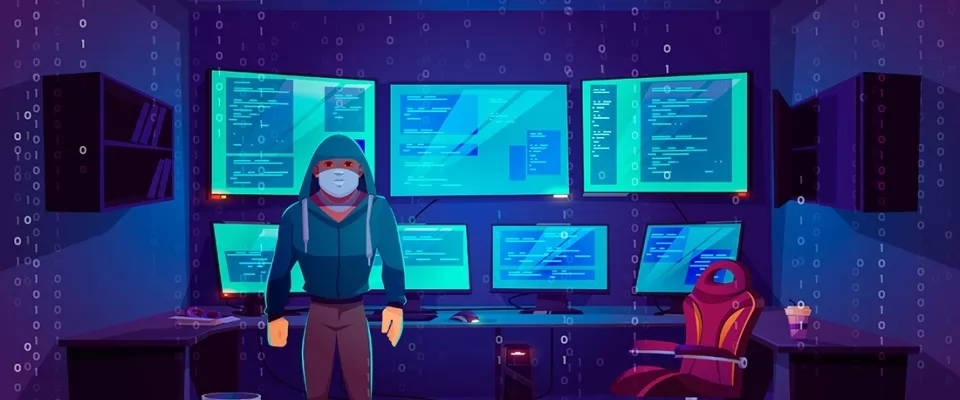The 'deep web' is an Internet space where the content that does not appear in conventional search engines is hosted, due to various factors that do not have to respond to illegality. However, there is also the 'dark web', which is a small part of the 'deep web', whose contents are usually illegal. It is important to differentiate between them.
The portion of the internet that anyone knows and that is accessible through standard search engines is called 'clear web' or 'surface web'. It is made up of websites and services that we all know, such as Facebook or Twitter.
Deep web is just the opposite. In it we find 'online' content that is not publicly accessible. This term is almost always related to illegitimate activities and misinformation. But what exactly is it, how much is there of urban legend or truth about the deep web? These five facts clarify some myths about the most unknown part of the internet:
1. The vast majority of the internet is found in the 'deep web':
'Deep web' refers to all content that is not indexed by search engines such as Google, Bing or Yahoo, i.e. that is not available on pages with search results. Although the content is very difficult to track and cannot be accounted for reliably, it is estimated that 96% of the internet is in the 'deep web'. The remaining 4% corresponds to the 'surface web' or 'clearnet' and refers to the part of the internet that is indexed. In other words, the part visible to all users, such as, for example, the pages found on Google and accessed directly.
2. You have probably used the 'deep web' without knowing it:
many legal sites that are accessed every day are not indexed and belong to the 'deep web' such as bank accounts, academic journals, pages containing health information or files stored in Dropbox. The reasons why these contents are not indexed can be very varied: for security reasons, because they are private, because they are blocked or because they are too old, ephemeral or irrelevant.
3. Deep web' and 'dark web' are different things:
not all content on the deep web is illegal. In fact, there are some pages with constructive content such as DuckDuckGo (a search engine for conventional websites and exclusive deep web links). The 'dark web', however, is a small portion (equivalent to 0.01%) of the 'deep web'. To access the dark web you need a set of technologies and resources that make the connection anonymous. The purpose of the content found on the dark web is often unknown or illegal. It is the black market where weapons, drugs and personal data are sold. The most important markets for the dark web are Dream, Point and Wall Street Market. As in conventional online shops, the reputation of these sites is measured by user comments and opinions.
4. You can't accidentally access the dark web:
It should not be a cause for concern if you accidentally enter the dark web and come across disturbing pages. Access is only possible voluntarily and by accessing anonymous networks such as through the TOR kit. These networks designed to provide anonymity are called 'darknets'. To be able to navigate through them, it is necessary to know the addresses of the hidden services you want to access, sometimes helped by the TOR itself.
5. TOR was not conceived to protect criminals:
TOR is an access kit created in 2003 by the U.S. Naval Research Laboratory. In 2005 it became part of a non-profit foundation dedicated to research and education. TOR was born with the purpose of guaranteeing anonymity and privacy to people persecuted by dictatorial regimes. However, it cannot be ignored that some people take advantage of this tool to carry out illegal activities such as, for example, carrying out transactions on the black market. In other words, TOR is a kit that is used to navigate anonymously and whether it is good or bad will depend on the use made of it.
Once the parts of the Internet are known, it is important to be responsible and thoughtful when browsing any site and to keep in mind that conduct in the virtual world should be just as civic and respectful as that which is followed in the physical world every day.

